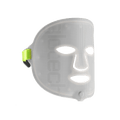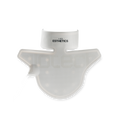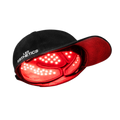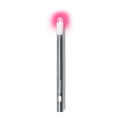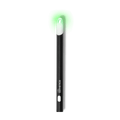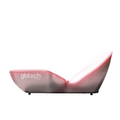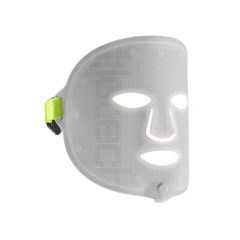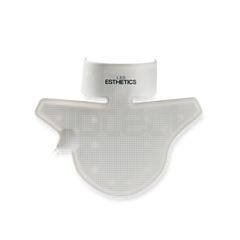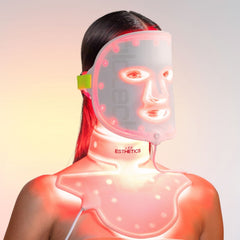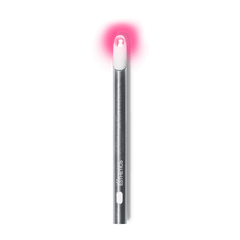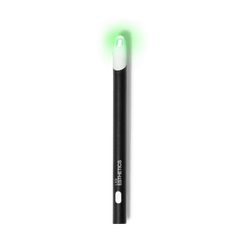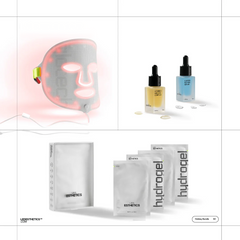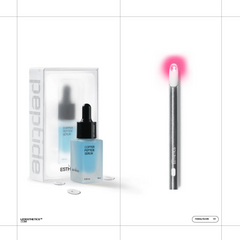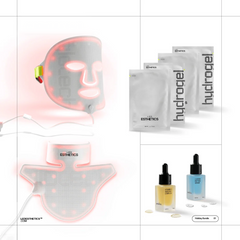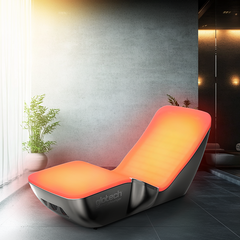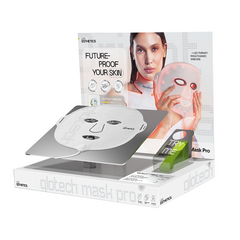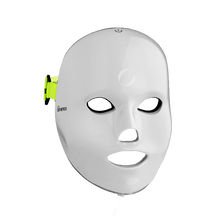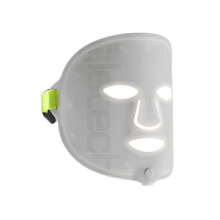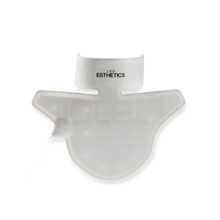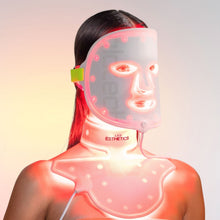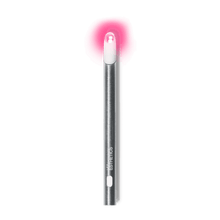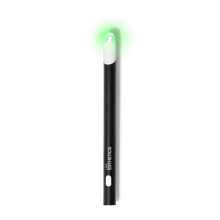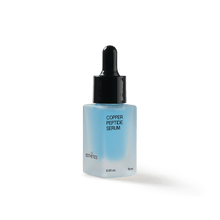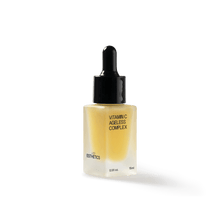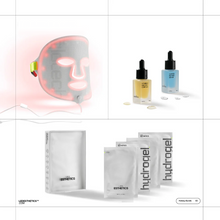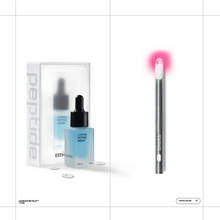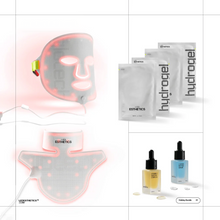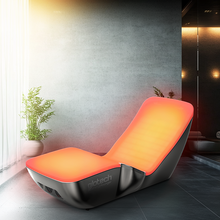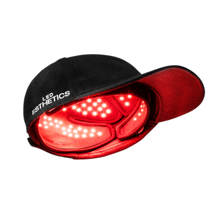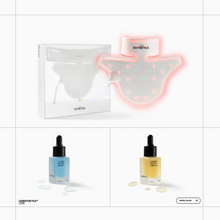
Hair thinning and hair loss affect millions, regardless of age or gender. Whether it’s gradual shedding, a widening part, or a receding hairline, the emotional toll is real. Traditional treatments like topical solutions and prescription medications can help, but they often come with side effects or inconsistent results. Now, a new contender is making waves in the hair restoration world: red light therapy.
Red light therapy, also known as low-level light therapy (LLLT), is non-invasive, painless, and backed by promising research. It’s gaining attention not just in clinics, but also for at-home use through caps and wearable LED devices. But the question remains: does red light therapy actually work for hair loss? Here’s what the science and real-world results reveal.
Why Does Hair Loss Happen in the First Place?
Hair loss can occur for many reasons, but most commonly, it's due to a combination of genetics, hormones, aging, and environmental stressors. For men, androgenetic alopecia, also known as male pattern baldness, is the most common cause. In women, thinning often begins along the part line or across the crown, typically influenced by hormonal shifts such as menopause or postpartum changes.
Other contributing factors include:
- Chronic stress or illness
- Nutritional deficiencies
- Overuse of heat styling or harsh hair products
- Scalp inflammation and poor circulation
- Autoimmune conditions such as alopecia areata
Regardless of the cause, most forms of hair loss share a common challenge: weakened or dormant hair follicles. That’s where red light therapy hair growth devices come in to help reawaken them.
How Red Light Therapy Stimulates Hair Growth?
Red light therapy uses wavelengths in the 630–660nm range, sometimes paired with near-infrared light (810–850nm), to penetrate the scalp and stimulate the cells within the hair follicle. These wavelengths are absorbed by mitochondria, the “powerhouses” of the cell, where they help increase ATP (adenosine triphosphate), a form of energy critical for cellular repair and function.
Here’s what happens as a result:
- Improved blood circulation delivers oxygen and nutrients to hair follicles
- Increased cellular energy supports hair follicle regeneration
- Reduced inflammation creates a healthier scalp environment
- Extended growth phase (anagen phase) leads to thicker, fuller hair
This process can reactivate dormant follicles, help slow hair shedding, and stimulate stronger regrowth, particularly in early to moderate cases of hair thinning.

What Do Studies Say About Red Light Therapy for Hair?
Clinical studies show encouraging results. In a 24-week randomized trial led by Dr. Mitchell Leavitt, participants who used red light therapy experienced a 35–51% increase in hair density compared to the placebo group. Other studies showed improved hair thickness, scalp coverage, and patient satisfaction, especially in individuals with androgenetic alopecia.
Both men and women responded positively, with minimal side effects. Red light therapy is not a cure for baldness, but research suggests that it can slow the progression of hair loss and improve the quality of existing hair — especially when used consistently over time.
Like most non-invasive treatments, red light therapy works best when started early and maintained regularly.
How Long Does It Take to See Results?
Patience and consistency are key. Most users begin to see visible improvements after 12 to 16 weeks , with the best results appearing after 4 to 6 months of continued use.
Typical treatment guidelines:
- Use the device 3 to 4 times per week
- Each session should last 10 minutes
- Continue with maintenance sessions once or twice weekly after 6 months
Unlike some treatments that show fast but temporary results, red light therapy builds benefits gradually by promoting long-term follicle health from the inside out.
Is Red Light Therapy Safe for Hair Loss?
Yes. Red light therapy is FDA-cleared for hair loss and has an excellent safety profile. Since it doesn’t use UV light, it doesn’t damage skin or scalp tissues. Side effects are rare and usually mild, occasional scalp tingling or temporary redness may occur but typically resolve quickly.
Red light therapy is also compatible with other treatments. You can combine it with topical solutions (like minoxidil), oral medications (like finasteride), or even post-transplant care. However, you should always consult a professional before mixing protocols, especially if you have a sensitive scalp or underlying skin conditions.
Unlike some pharmaceutical options, red light therapy poses no systemic risks and doesn’t interfere with hormone levels or internal processes. This makes it a safer long-term strategy for individuals who want to avoid harsh side effects or invasive procedures. When used as directed, it offers a low-risk way to support thicker, fuller hair and restore your hairline.
Best Red Light Therapy Hair Growth Device Vs. The Rest
While professional laser hair treatments can deliver results, they’re often costly and time-consuming. This has led to a rise in at-home red light therapy devices, offering greater flexibility while aiming to deliver similar benefits.
The standout option is the GloTech Hair Pro™ by LED Esthetics, a multi-functional LED device engineered to support both skin and scalp health. Its flexible design and clinically optimized red and near-infrared wavelengths (630–850nm) make it ideal for promoting hair follicle vitality, reducing scalp inflammation, and encouraging regrowth.
The GloTech Hair Pro™ uses medical-grade LEDs to ensure even light distribution, and its wireless, hands-free format integrates easily into daily routines. When used consistently, it may help prolong the hair growth phase and promote overall scalp wellness making it a compelling choice for those seeking to restore thickness, density, and confidence from the comfort of home. This makes it one of the most advanced and versatile red light therapy devices for hair regrowth on the market today.
Final Thoughts: Is Red Light Therapy the Future of Hair Growth?
Red light therapy won’t regrow hair overnight and it’s not a replacement for more intensive treatments in advanced cases. But for those experiencing early signs of thinning, mild to moderate hair loss, or simply looking to enhance hair health, it offers a safe, accessible, and scientifically supported tool to add to your routine.
Whether used on its own or as part of a broader hair care strategy, red light therapy can help you reclaim fuller, thicker, healthier hair — without pain, downtime, or medication.
As with any wellness treatment, consistency and realistic expectations are key. While results vary, many users report noticeable improvements in hair density and scalp condition in just a few weeks. If you’re considering red light therapy, choosing a quality device and following recommended usage guidelines can make all the difference in achieving the best possible outcome.
Treat Hair Loss with LED Esthetics
Shop the GloTech Pro™ Red Light Therapy Hair Growth Cap
Frequently Asked Questions
Yes, red light therapy can be safely used alongside minoxidil for enhanced hair growth results. Minoxidil increases blood flow and prolongs the hair growth cycle, while red light therapy energizes hair follicles at the cellular level. Using both may produce faster and fuller regrowth than using either alone. Always follow product instructions and consult a dermatologist to avoid irritation or overuse.
People with photosensitive conditions or those taking medications that increase light sensitivity should avoid red light therapy. It’s also not recommended for individuals with active scalp infections, open wounds, or recent scalp surgery. Pregnant individuals or those undergoing cancer treatments should consult a healthcare provider before use. Always check with your doctor if you have underlying health concerns or are unsure about device safety.
Most experts recommend using red light therapy devices 3 to 5 times per week for best results. Sessions should typically last 10 minutes, depending on the device’s power and design. Consistent use over 12 to 16 weeks can lead to noticeable improvements in hair density and scalp health. After the initial phase, many users switch to once or twice-weekly maintenance treatments.
Yes, some red light therapy devices are FDA-cleared to treat hair loss in both men and women. This clearance ensures the devices meet strict safety and performance standards for home use. LED Esthetics’ GloTech Hair Pro™ is FDA-cleared, designed with clinical-grade technology to deliver safe and effective results. Always look for devices that are FDA-cleared, not just registered, to ensure proven efficacy and reliability.
Yes, red light therapy has been shown to support hair regrowth in women experiencing thinning or pattern hair loss. Clinical studies indicate it can improve hair density, strengthen existing strands, and reduce shedding, especially in the early stages of female hair loss. LED Esthetics’ red light therapy hair growth device is designed to deliver targeted light therapy that supports healthier hair follicles. For women seeking a drug-free, non-invasive hair loss treatment, red light therapy is a safe and effective option to include in a long-term routine.


